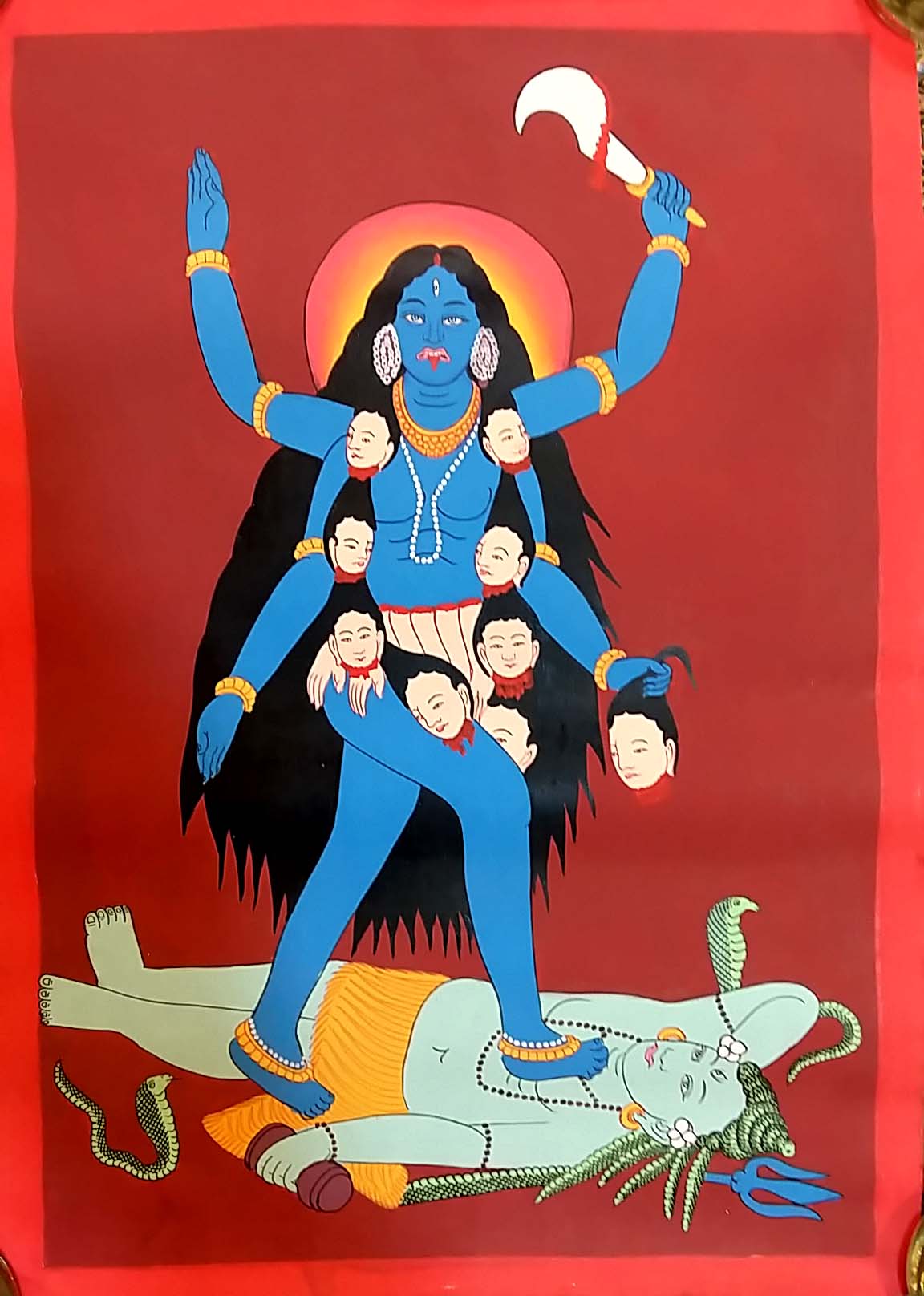
Code
HCS11660
Weight
100 gm / 0.22 lbs
Size
Height
40cm (16") Width
26cm (10") Material
Cotton Canvas
Availability
Available
Date Added
2015-07-25 17:02:24
Note : We used to sell this product 10 years ago so it may no longer be in our stock.
It is possible that we still have it with our suppliers but the price could be different from before.
Feel free to order. We will verify availability and inform you promptly.
It is possible that we still have it with our suppliers but the price could be different from before.
Feel free to order. We will verify availability and inform you promptly.

Safe Payment
We accept Paypal, Money Transfer, Bank Transfer
Confidence
Protection covers your purchase and personal data.
Worldwide Delivery
We ship Worldwide, except Russia.Shipping cost US$25.2 for upto 0.5 kgs

Hotline
Talk to help line for your question on 9841267335Introduction to Thangka
A thangka, also known as tangka, thanka, or tanka, is a vibrant and intricate Tibetan Buddhist painting that serves as a visual representation of spiritual teachings. Crafted with meticulous detail on cotton or silk appliqué, thangkas depict a wide range of subjects including Buddhist deities, sacred scenes, mandalas, and narrative stories. These sacred artworks are traditionally kept unframed and rolled up for storage, resembling ancient scrolls. To protect their delicate nature, thangkas are mounted on textile backings and often adorned with a silk cover on the front. Proper preservation in dry environments is crucial to maintain the integrity and longevity of the silk. Read More . . .
A thangka, also known as tangka, thanka, or tanka, is a vibrant and intricate Tibetan Buddhist painting that serves as a visual representation of spiritual teachings. Crafted with meticulous detail on cotton or silk appliqué, thangkas depict a wide range of subjects including Buddhist deities, sacred scenes, mandalas, and narrative stories. These sacred artworks are traditionally kept unframed and rolled up for storage, resembling ancient scrolls. To protect their delicate nature, thangkas are mounted on textile backings and often adorned with a silk cover on the front. Proper preservation in dry environments is crucial to maintain the integrity and longevity of the silk. Read More . . .
Brief Introduction :
Kali also known as Kalika is a Hindu goddess. Kali is the chief of the Mahavidyas, a group of ten Tantric goddesses who each form a different aspect of the mother goddess Parvati. Kali's earliest appearance is that of a destroyer of evil forces. She is the most powerful form of Shakti, and the goddess of one of the four subcategories of the Kulamārga, a category of Tantric Saivism. She destroys the evil in order to protect the innocent.
Over time, Kali has been worshipped by devotional movements and tantric sects variously as the Divine Mother, Mother of the Universe, Adi Shakti, or Adi Parashakti. Shakta Hindu and Tantric sects additionally worship her as the ultimate reality or Brahman. She is also seen as the divine protector and the one who bestows moksha, or liberation. Kali is often portrayed standing or dancing on her consort, the Hindu god Shiva, who lies calm and prostrate beneath her. Kali is worshipped by Hindus throughout India and Nepal.
Iconogrphy :Kali is portrayed mostly in two forms: the popular four-armed form and the ten-armed Mahakali form. In both of her forms, she is described as being black in colour but is most often depicted as blue in popular Indian art. Her eyes are described as red with intoxication and in absolute rage. Her hair is shown disheveled, small fangs sometimes protrude out of her mouth, and her tongue is lolling. She is often shown wearing a skirt made of human arms and a garland of human heads, and she is also shown wearing a tiger skin. She is also accompanied by serpents and a jackal while standing on the calm and prostrate Shiva, usually right foot forward to symbolize the more popular Dakshinamarga or right-handed path, as opposed to the more infamous and transgressive Vamamarga or left-handed path. These serpents and jackals are shown to drink the blood of Rakta-bija's head which is dropping while the goddess carries it in her hand, and preventing it to fall on the ground.
In the ten-armed form of Mahakali she is depicted as shining like a blue stone. She has ten faces, ten feet, and three eyes for each head. She has ornaments decked on all her limbs. There is no association with Shiva.
The Kalika Purana describes Kali as possessing a soothing dark complexion, as perfectly beautiful, riding a lion, four-armed, holding a sword and blue lotuses, her hair unrestrained, body firm and youthful.
In spite of her seemingly terrible form, Kali Ma is often considered the kindest and most loving of all the Hindu goddesses, as she is regarded by her devotees as the Mother of the whole Universe. And because of her terrible form, she is also often seen as a great protector.
When the Sri Ramakrishna once asked a devotee why one would prefer to worship Mother over him, this devotee rhetorically replied, "Maharaj, when they are in trouble your devotees come running to you. But, where do you run when you are in trouble?"
In the ten-armed form of Mahakali she is depicted as shining like a blue stone. She has ten faces, ten feet, and three eyes for each head. She has ornaments decked on all her limbs. There is no association with Shiva.
The Kalika Purana describes Kali as possessing a soothing dark complexion, as perfectly beautiful, riding a lion, four-armed, holding a sword and blue lotuses, her hair unrestrained, body firm and youthful.
In spite of her seemingly terrible form, Kali Ma is often considered the kindest and most loving of all the Hindu goddesses, as she is regarded by her devotees as the Mother of the whole Universe. And because of her terrible form, she is also often seen as a great protector.
When the Sri Ramakrishna once asked a devotee why one would prefer to worship Mother over him, this devotee rhetorically replied, "Maharaj, when they are in trouble your devotees come running to you. But, where do you run when you are in trouble?"












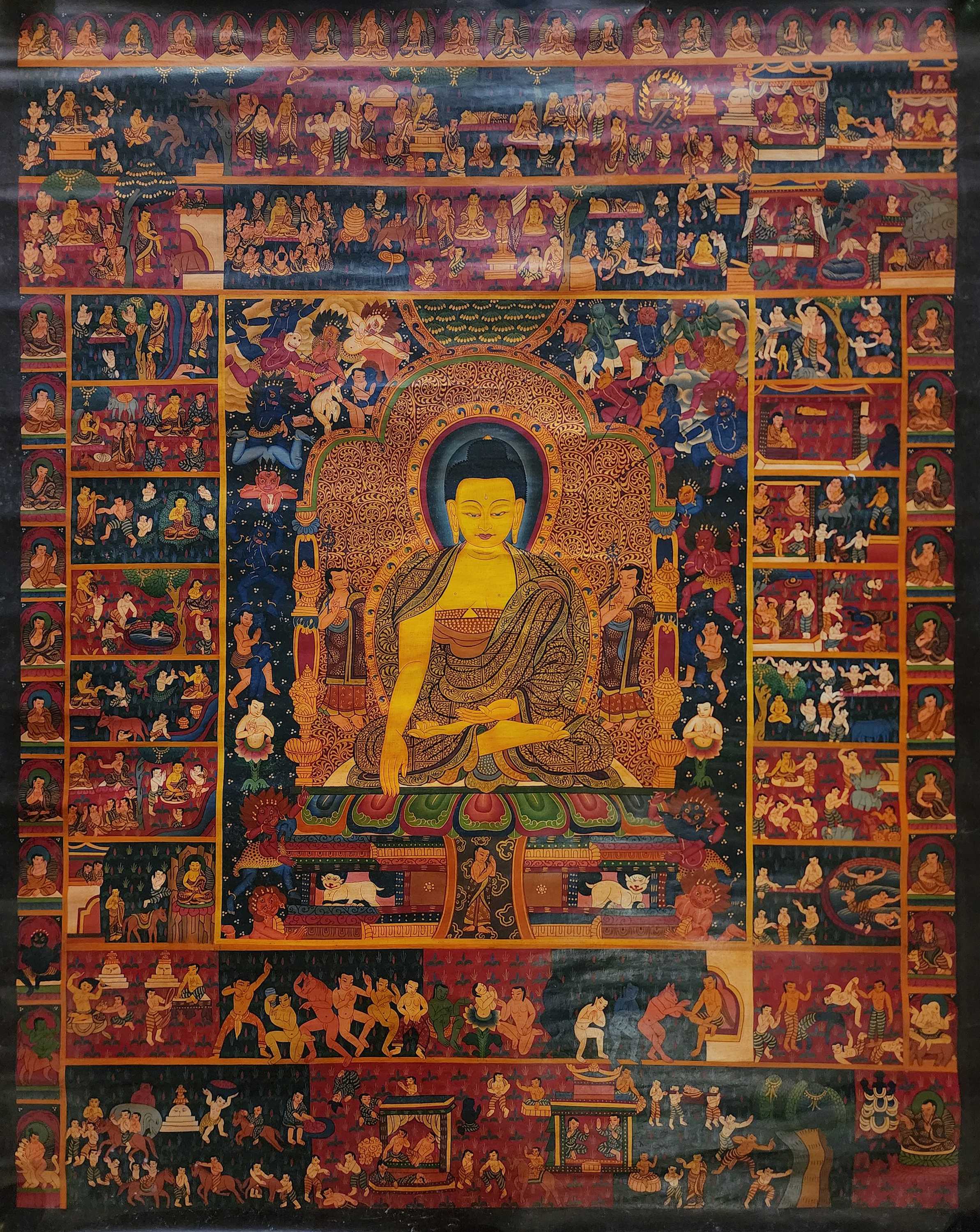 Buddha Gaya, Shakyamuni Buddha Thangka,
Buddha Gaya, Shakyamuni Buddha Thangka, 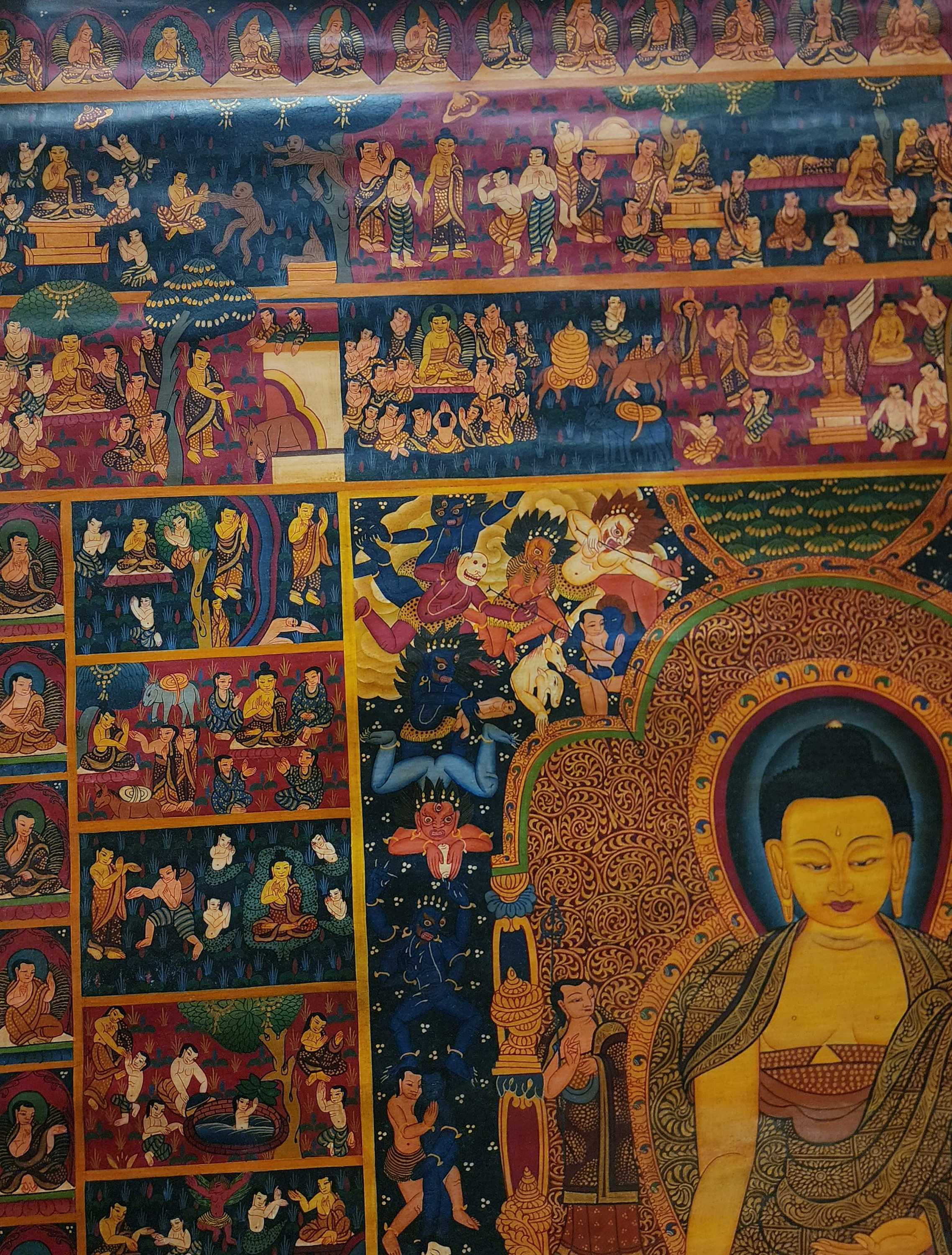 Buddha Gaya, Shakyamuni Buddha Thangka,
Buddha Gaya, Shakyamuni Buddha Thangka, 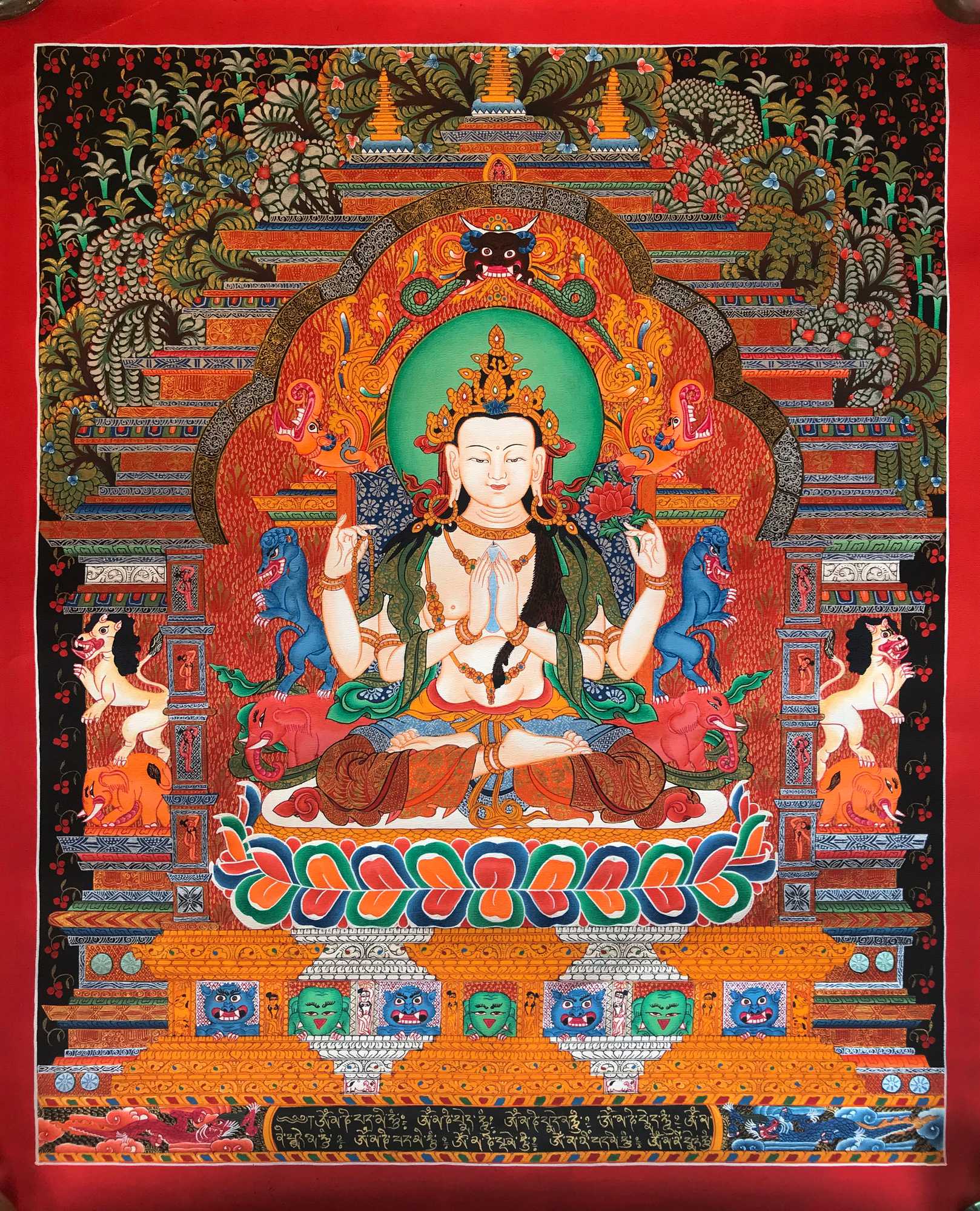 of In
of In 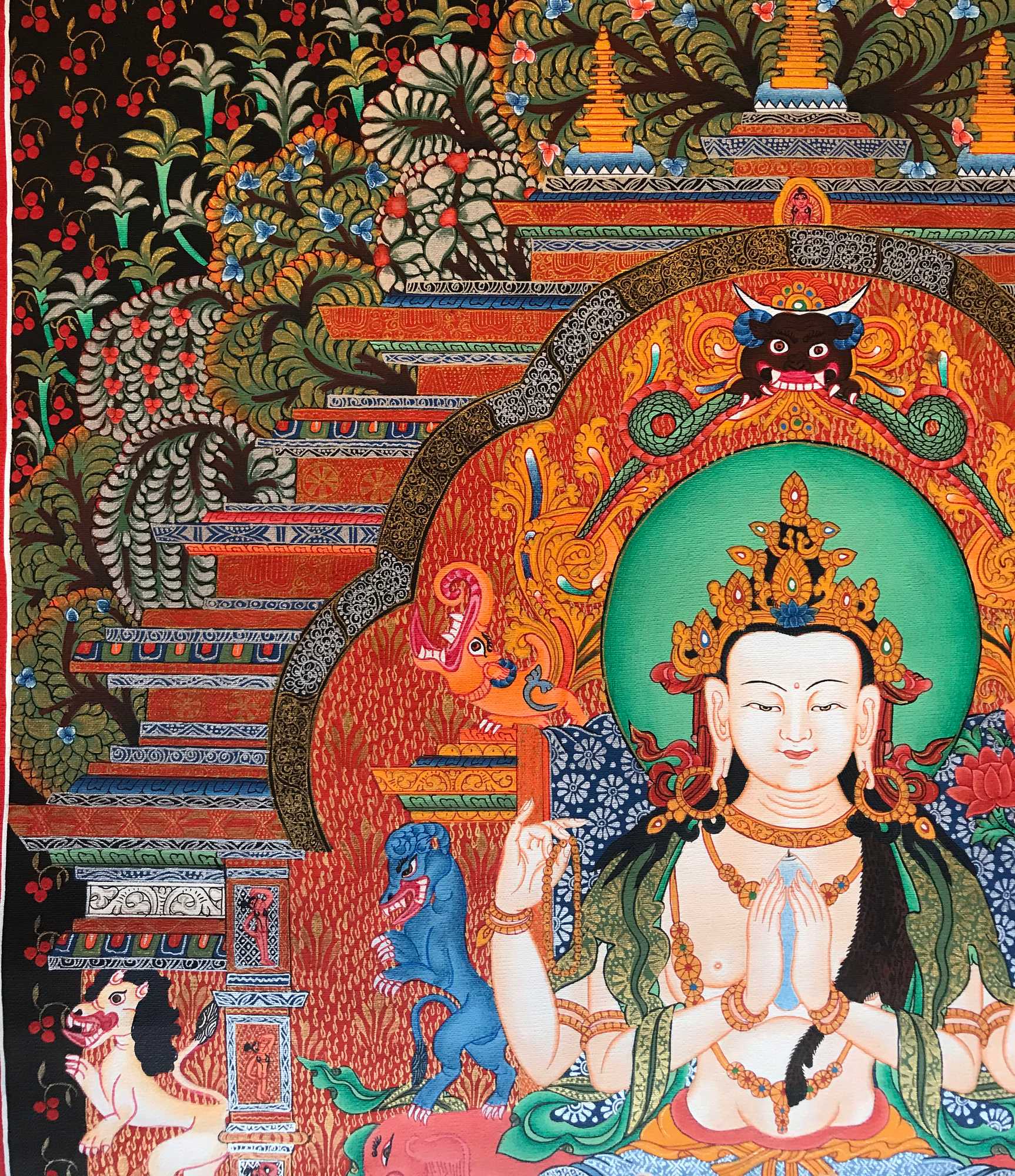 of In
of In  Newari Buddhist Thangka
Newari Buddhist Thangka  Newari Buddhist Thangka
Newari Buddhist Thangka 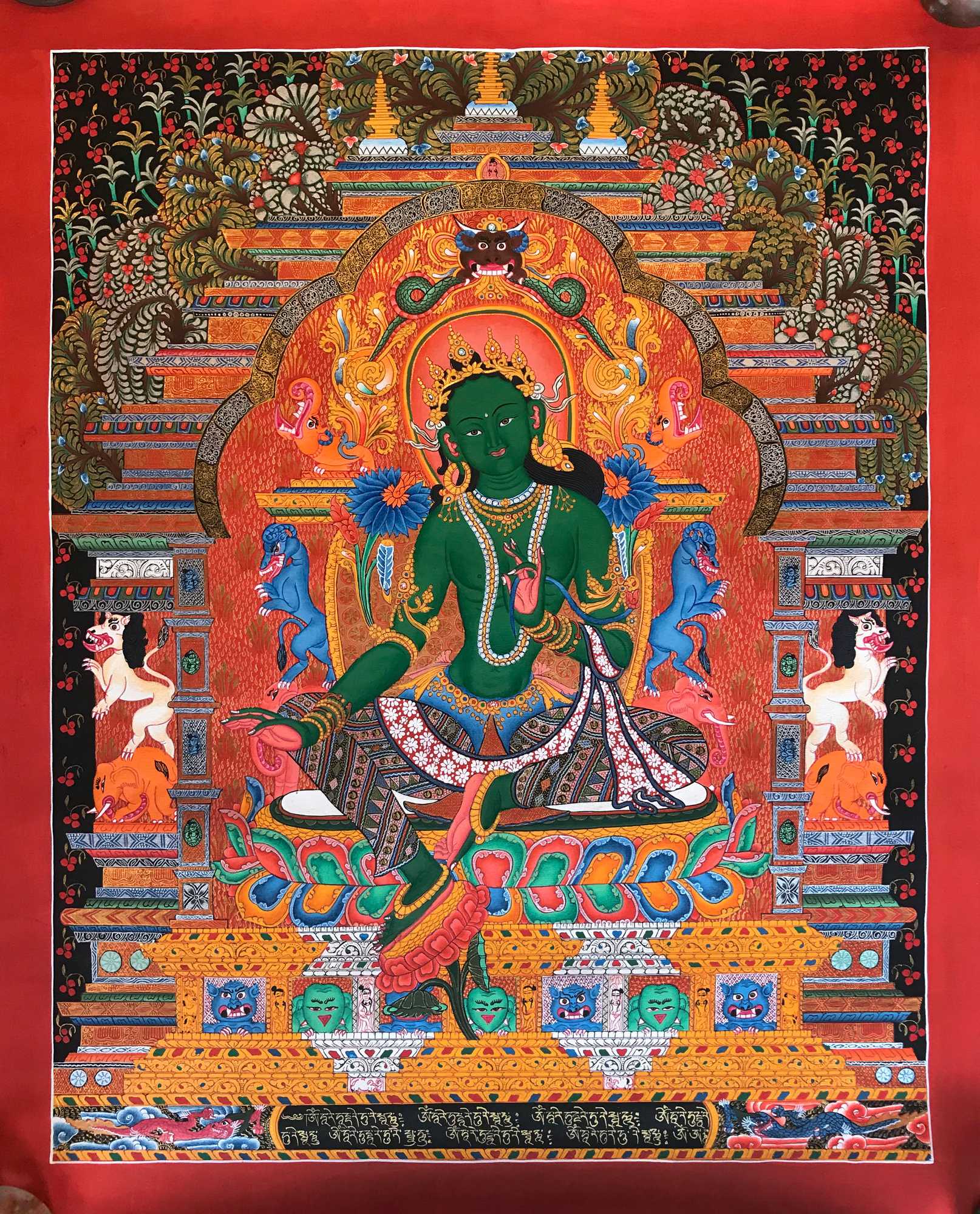 of Green Tara In
of Green Tara In 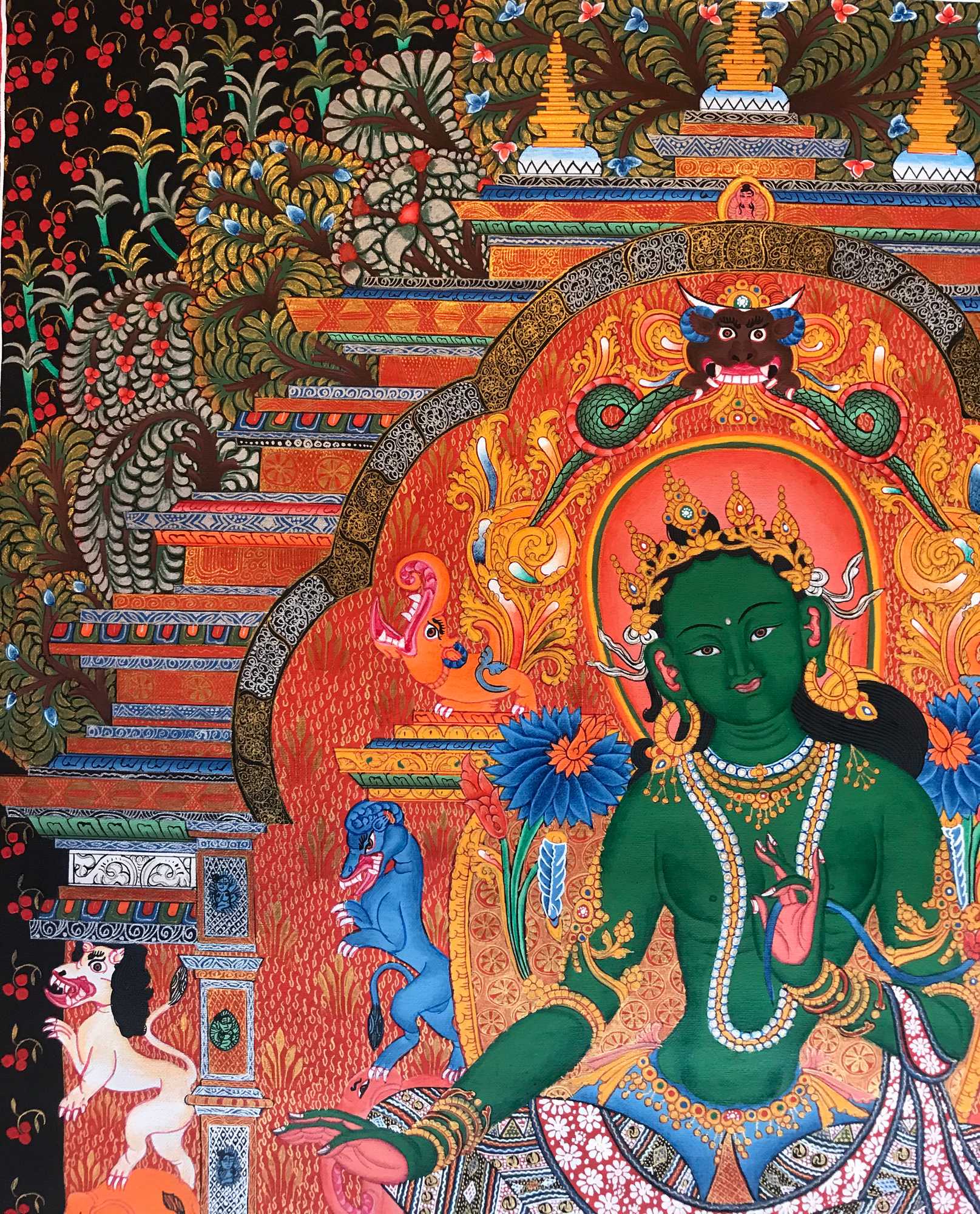 of Green Tara In
of Green Tara In 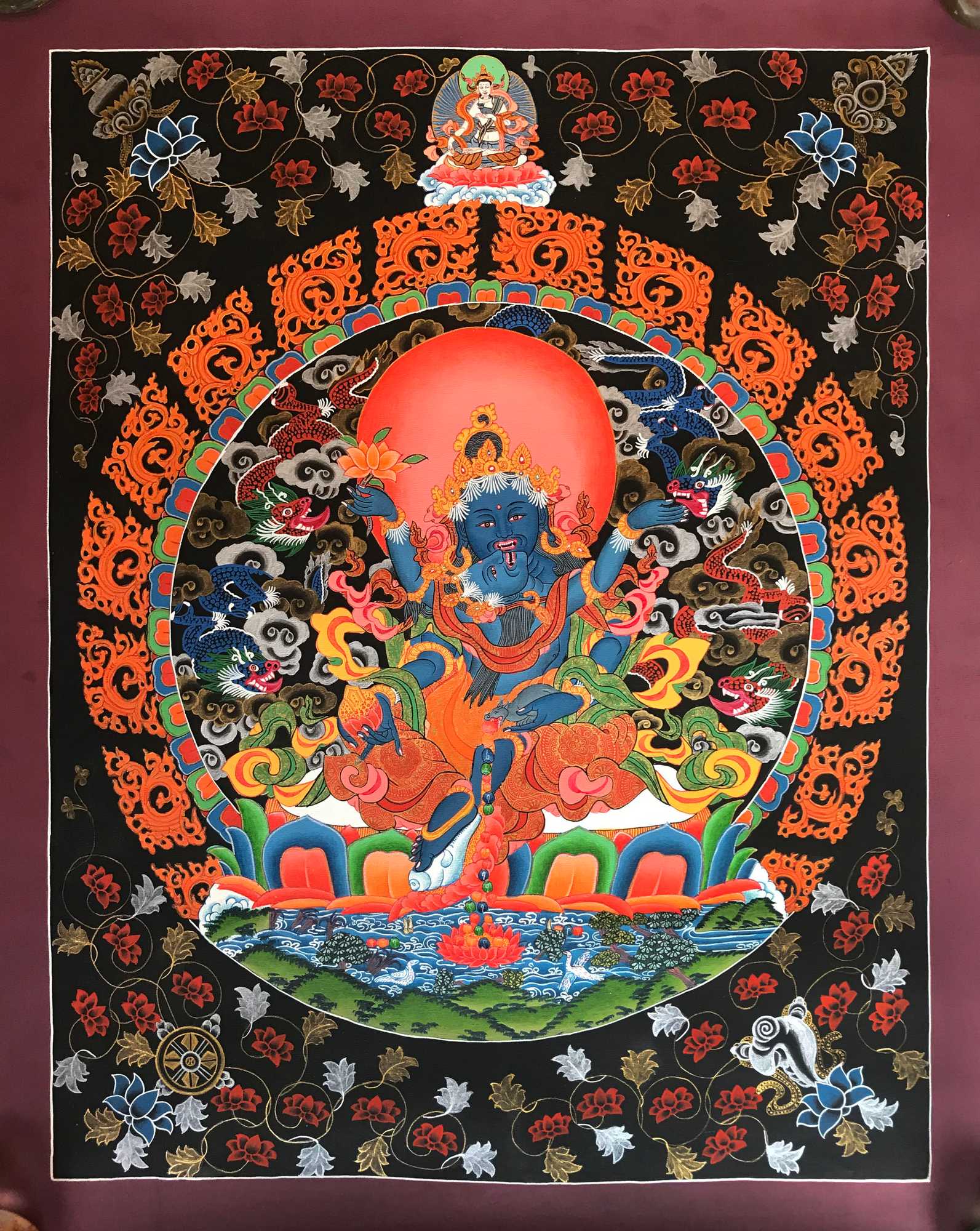 of Black Jambhala
of Black Jambhala  of Black Jambhala
of Black Jambhala 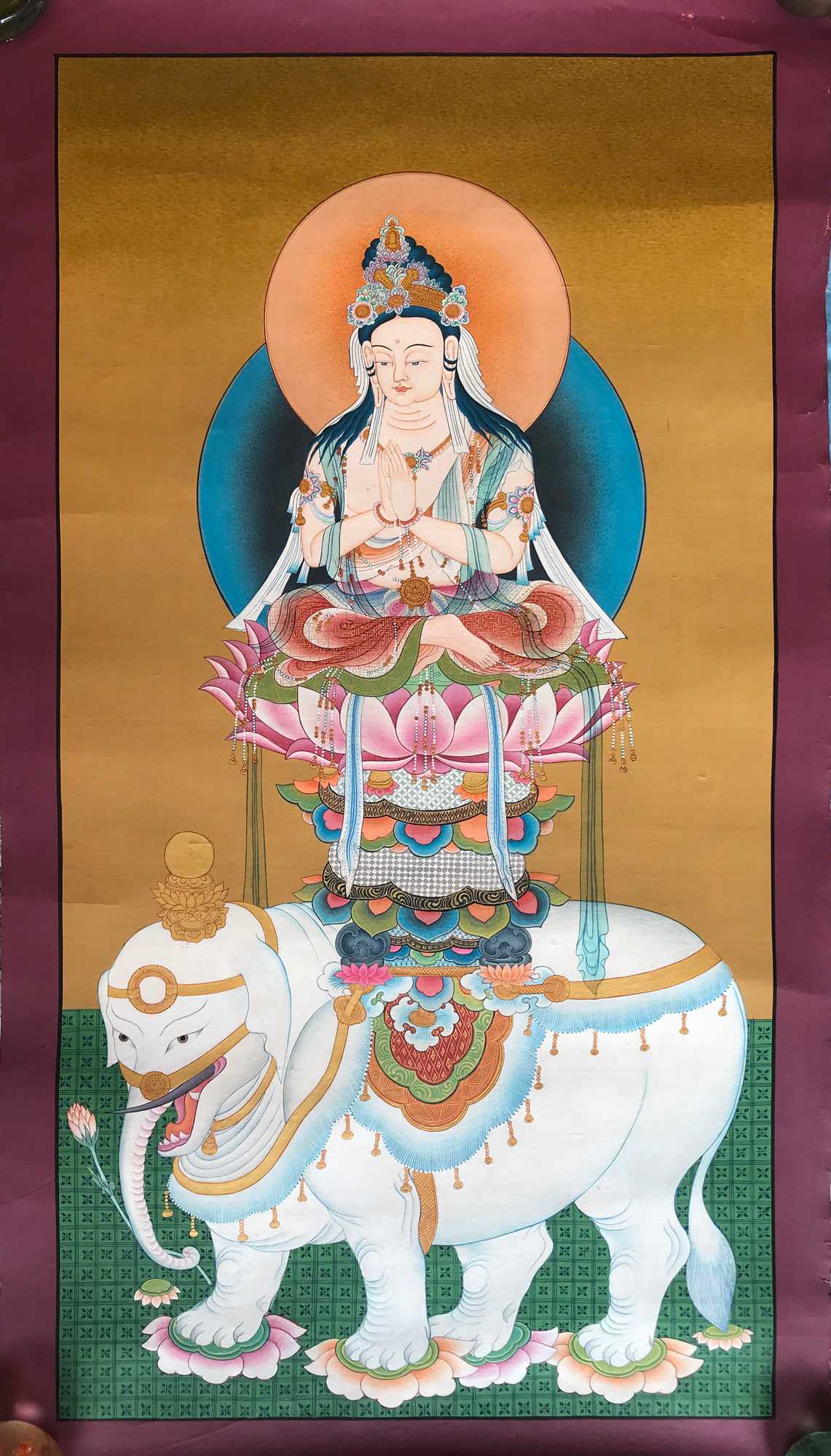 of Samantabhadra In
of Samantabhadra In 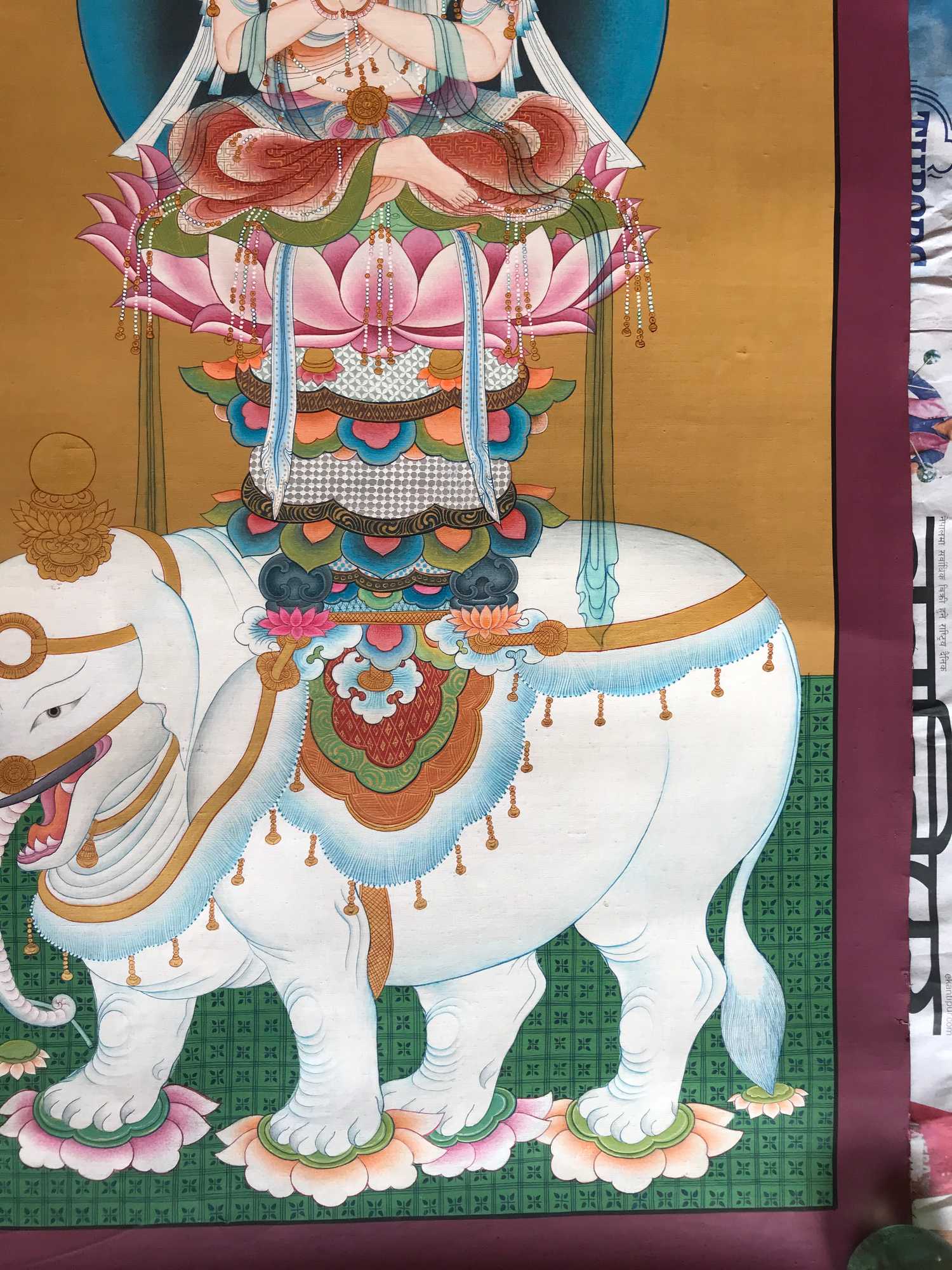 of Samantabhadra In
of Samantabhadra In 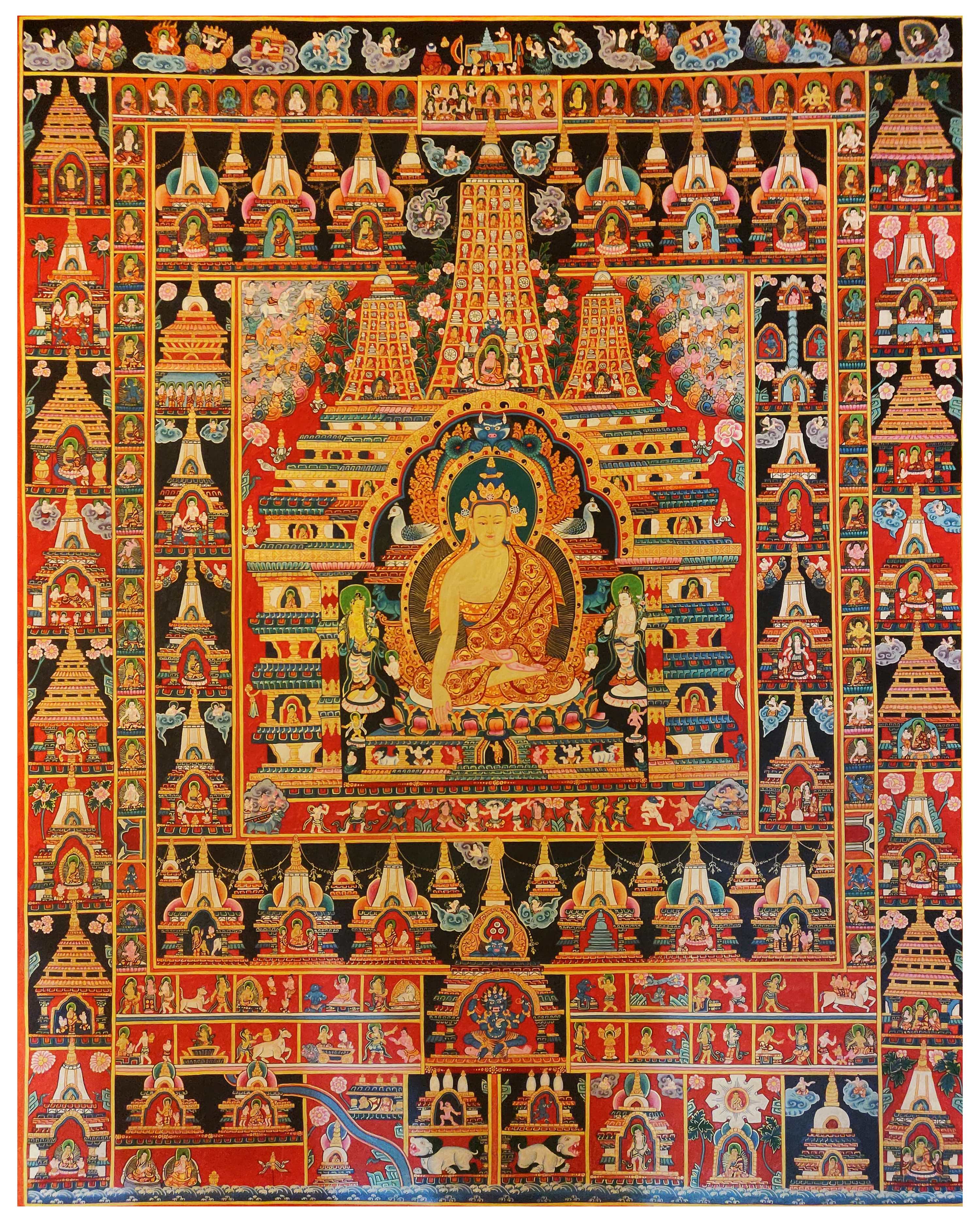 Real Gold, One Hundred Jataka Tales,
Real Gold, One Hundred Jataka Tales, 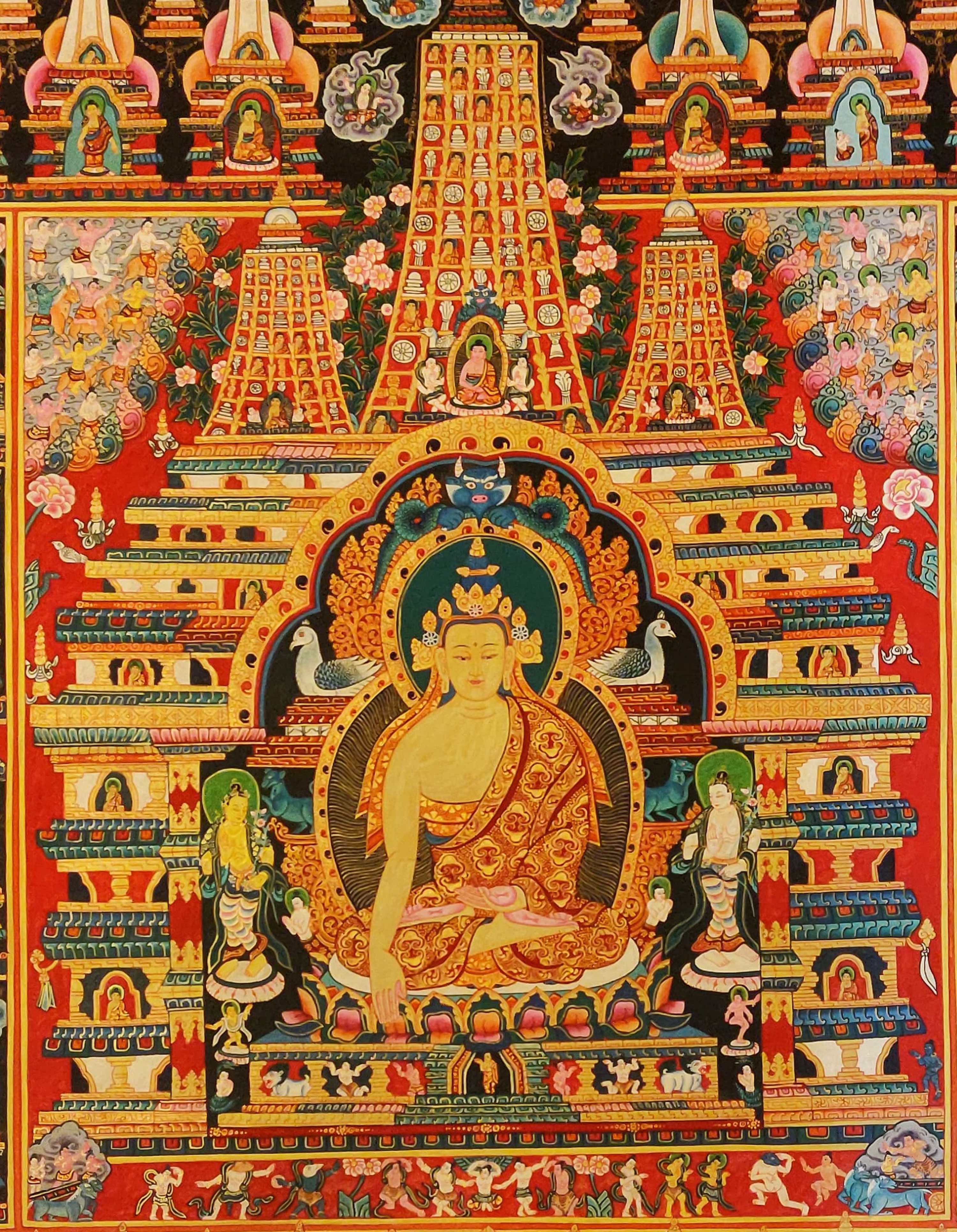 Real Gold, One Hundred Jataka Tales,
Real Gold, One Hundred Jataka Tales, 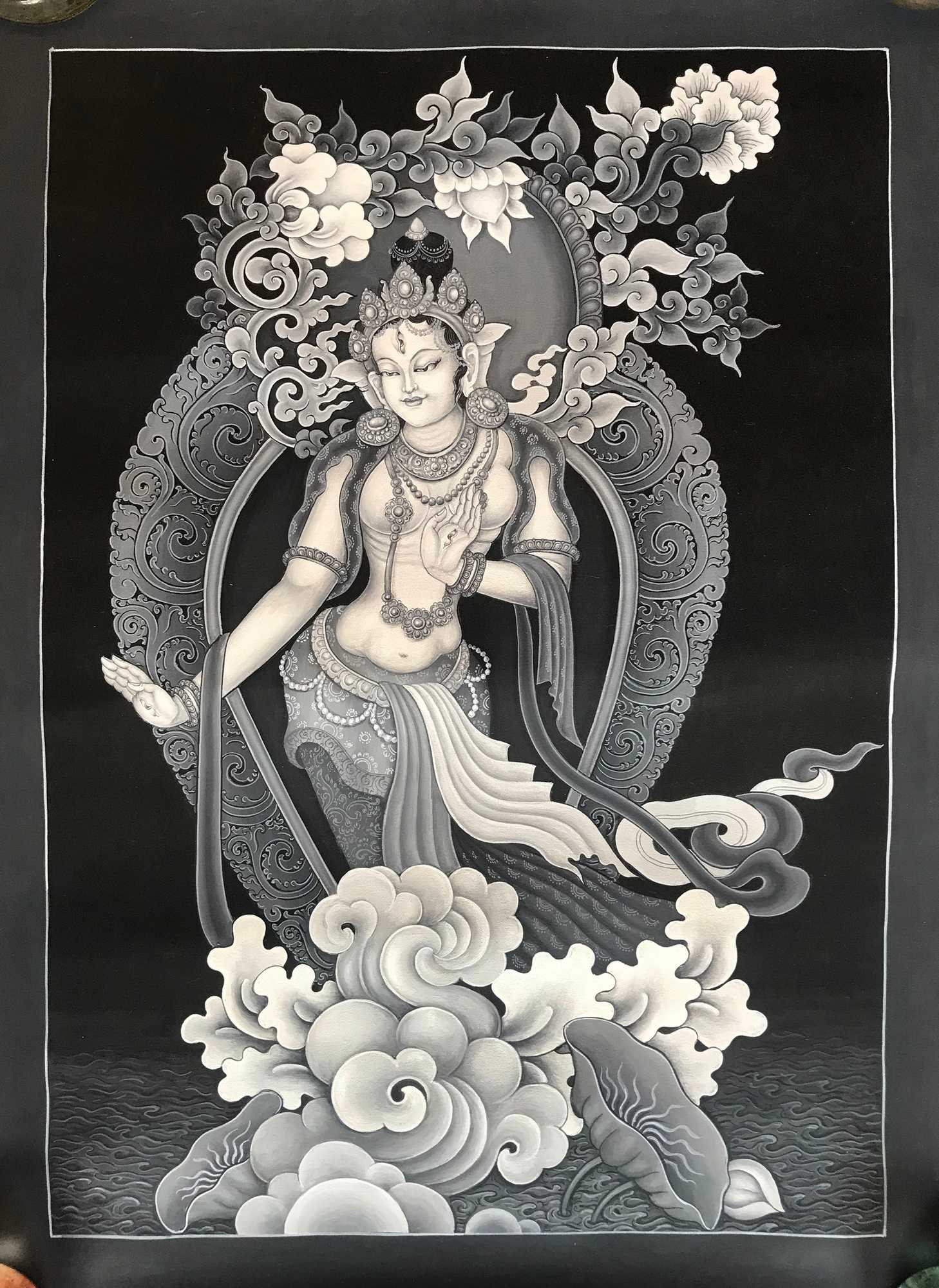 of Dancing White Tara In
of Dancing White Tara In 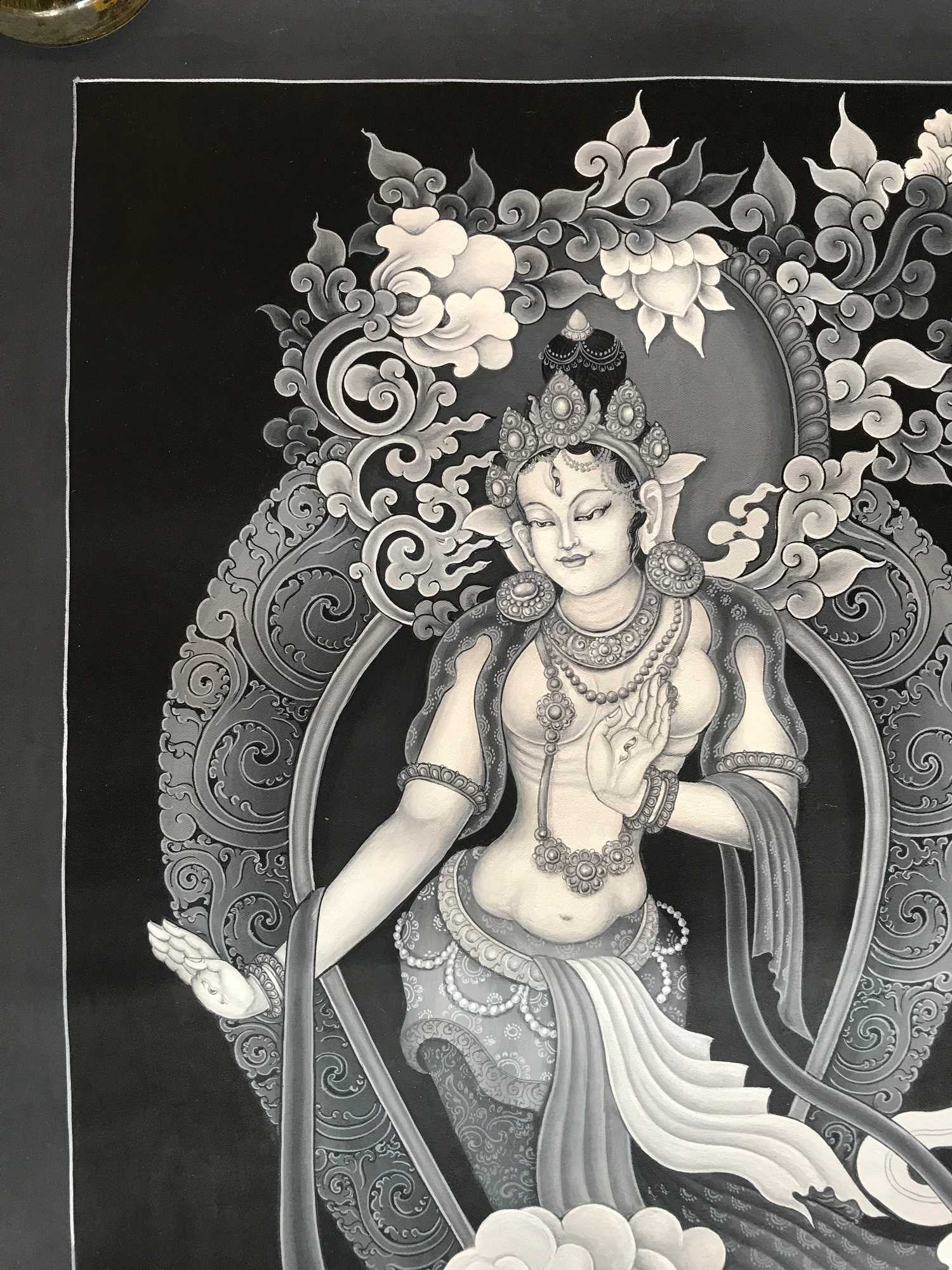 of Dancing White Tara In
of Dancing White Tara In 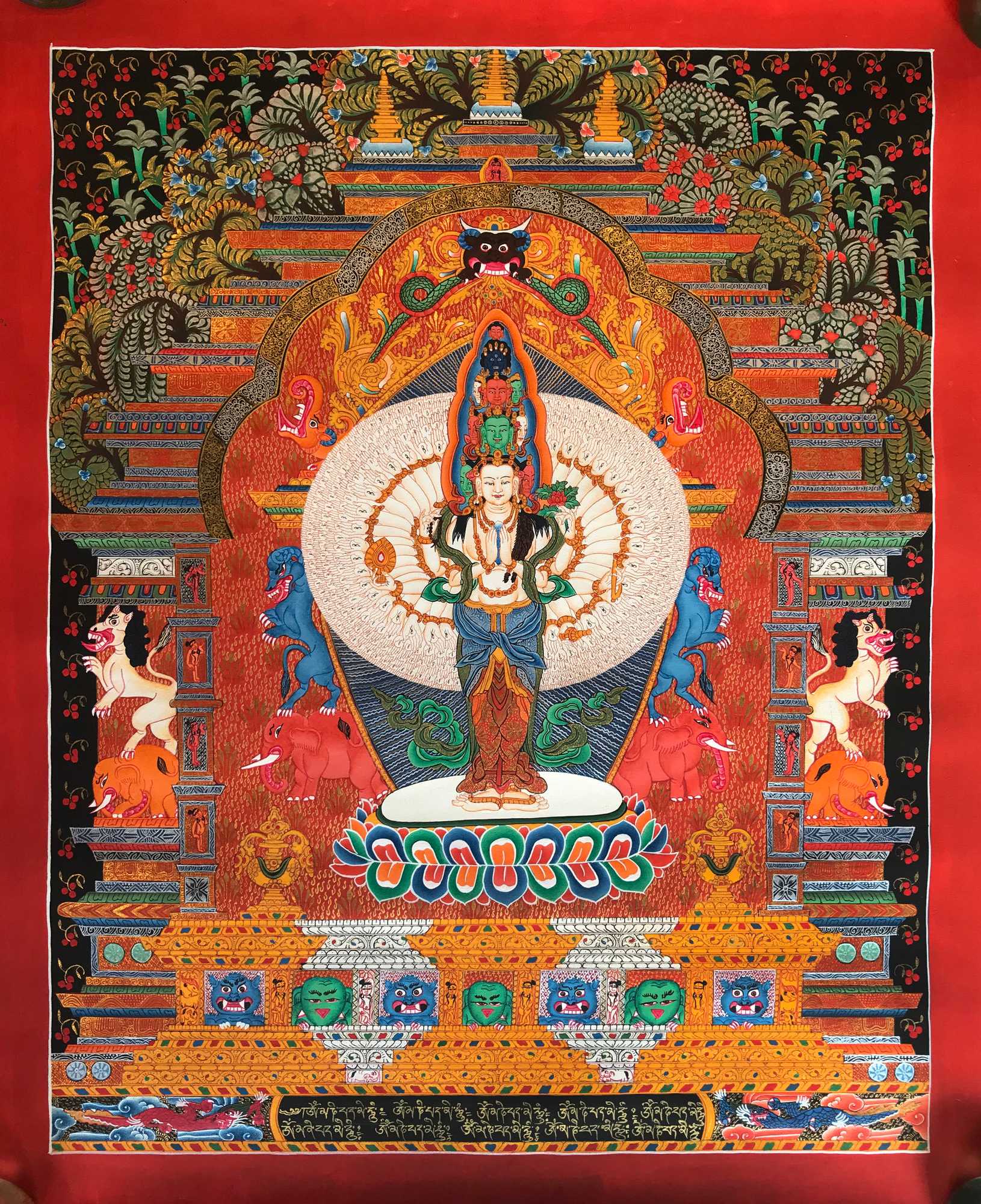 of Sahasrabhuja Avalokitesvara In
of Sahasrabhuja Avalokitesvara In  of Sahasrabhuja Avalokitesvara In
of Sahasrabhuja Avalokitesvara In 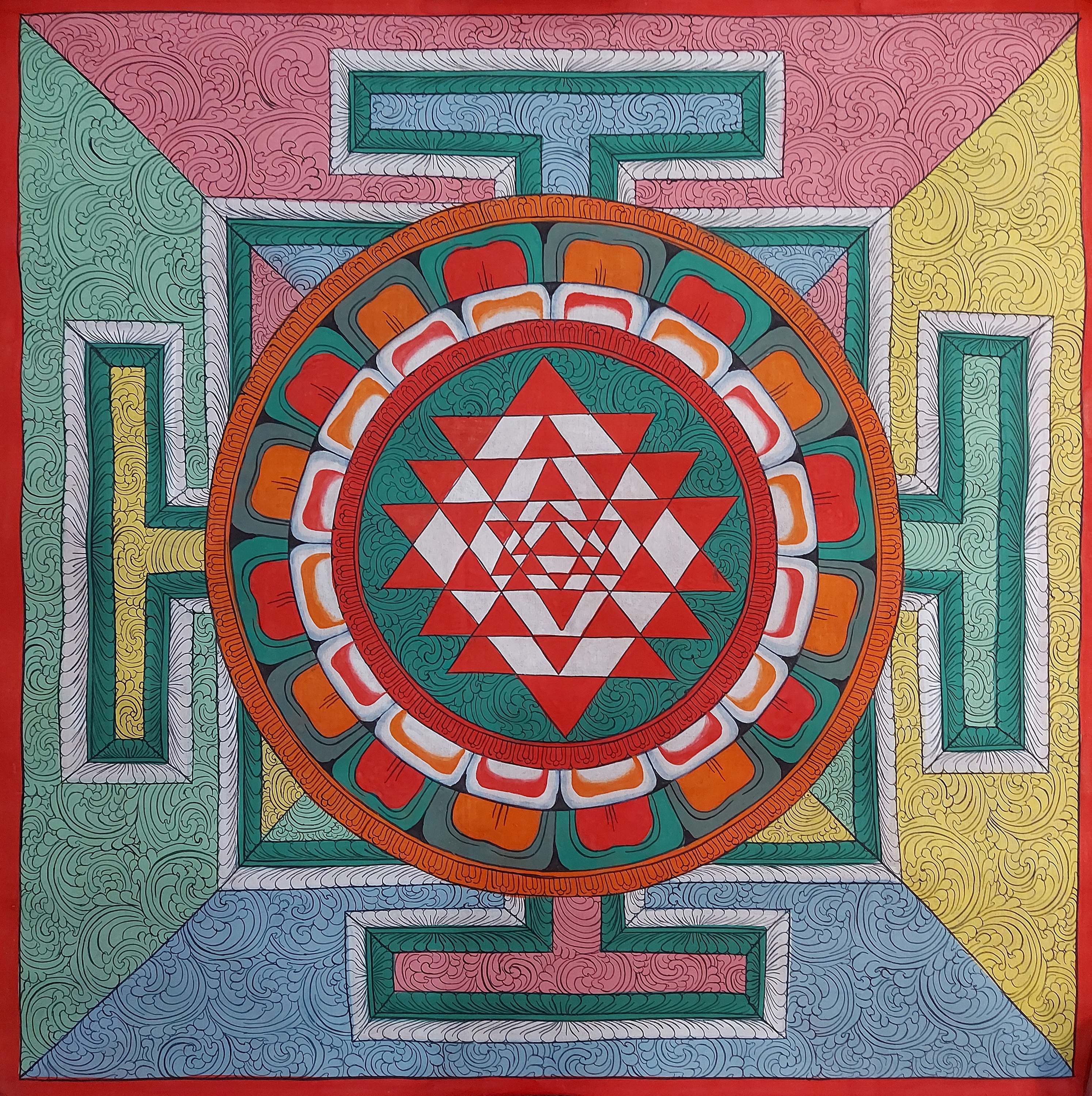 Art From Bhaktapur, Buddhist Handmade Thangka
Art From Bhaktapur, Buddhist Handmade Thangka 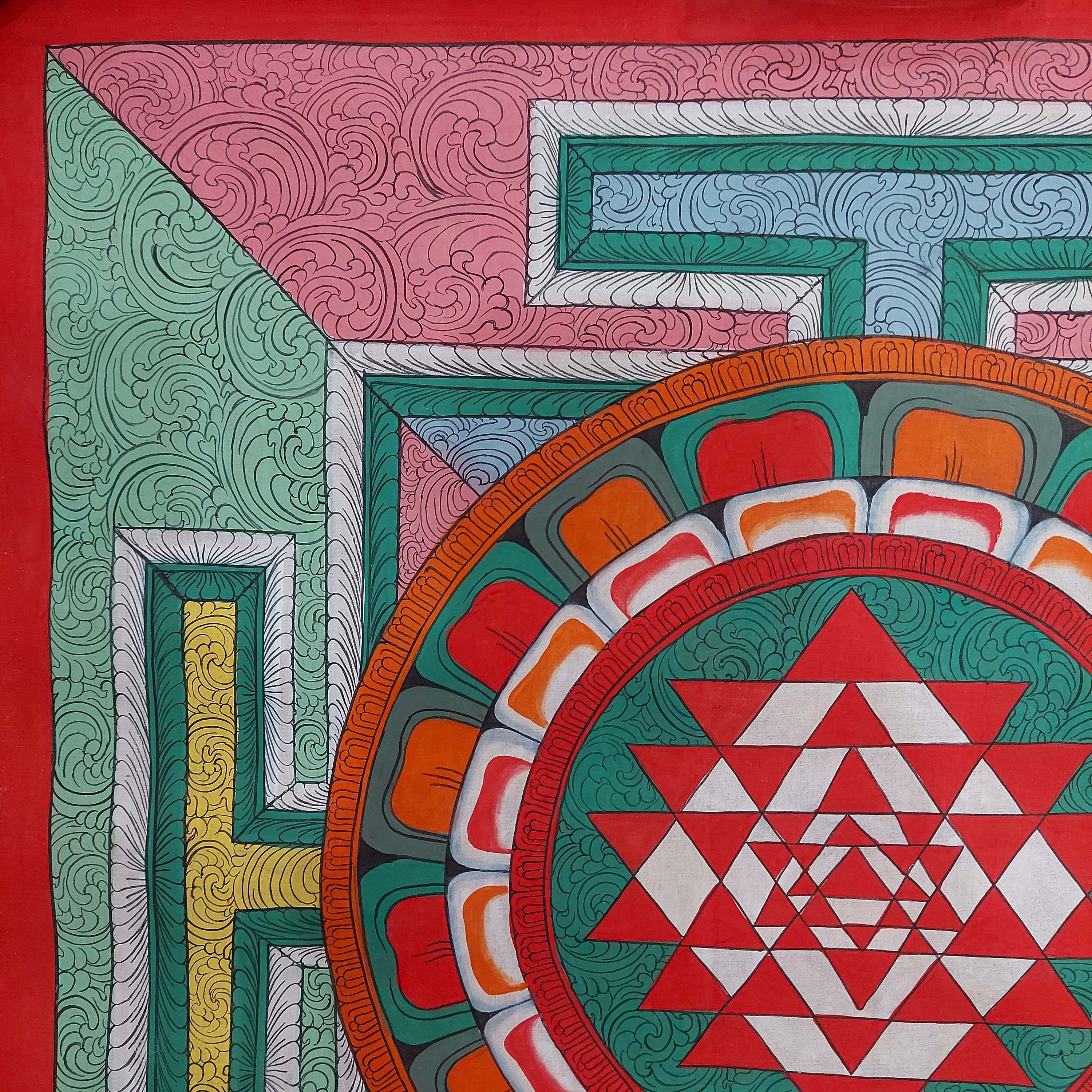 Art From Bhaktapur, Buddhist Handmade Thangka
Art From Bhaktapur, Buddhist Handmade Thangka